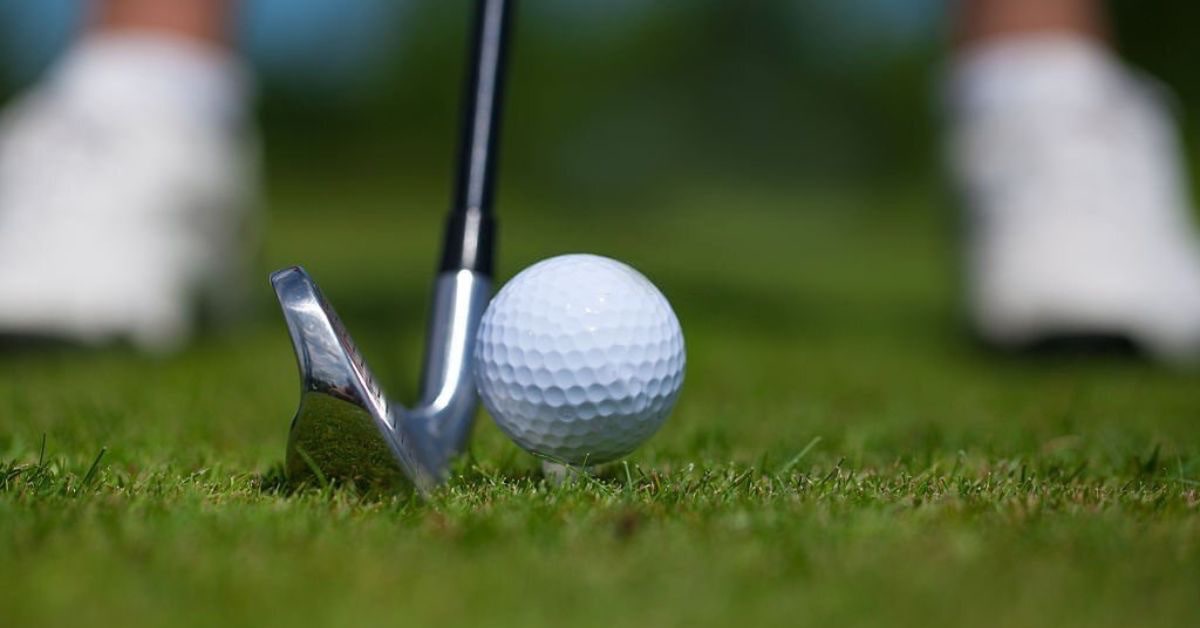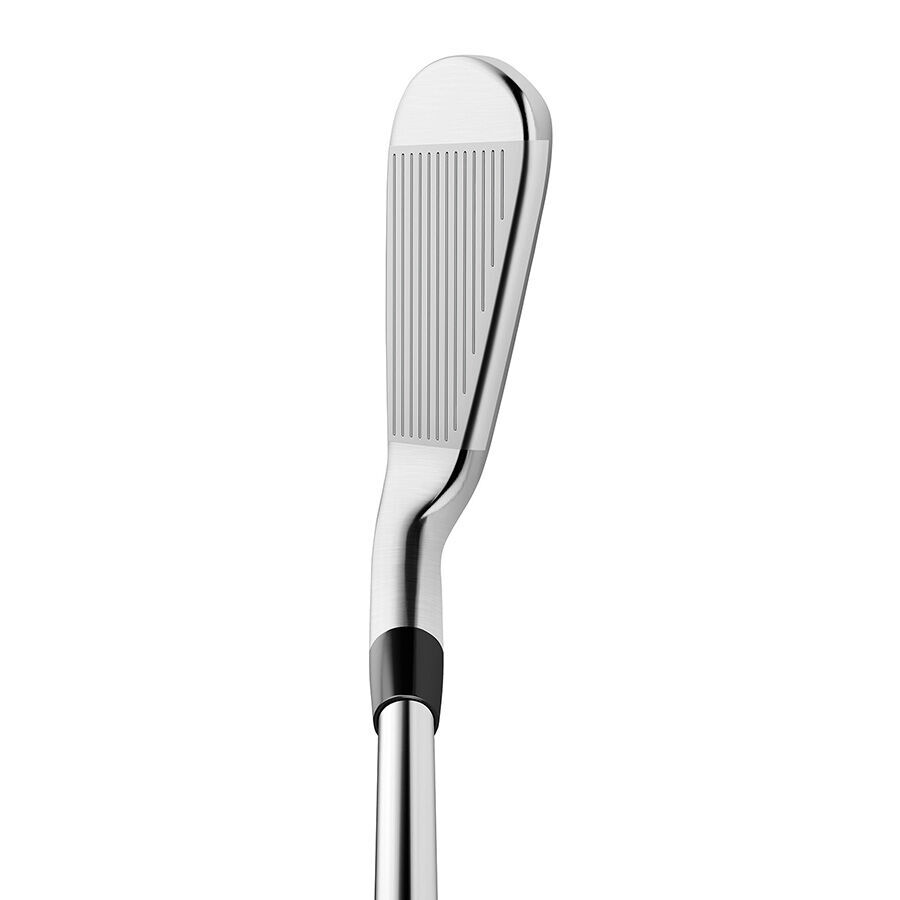As amateur golfers, we all go through rough patches with our iron shots. Yet, it’s difficult to know if it’s a problem with our swing or the equipment we’re using.
I personally suffered from this problem last summer. For several months, I was pulling loads of iron shots left of my target — and it took a while to figure out why.
I’m a natural drawer of the ball. Ultimately, I came to realize that my heavily offset irons were accentuating the draw, often bordering on hooks that pulled left.
In this article, you’ll learn why offset irons might be causing you to pull shots left.
Ready? Let’s waste no more time.
Offset Irons Causing Pull
Offset irons causing pull shots can be a common problem for golfers who typically hit a draw. Essentially, offset is a measure to help prevent slices by promoting a closed face at impact. If you usually hit a draw, too much offset can cause you to pull shots.
What Is Offset in Golf Irons?
In golf club terminology, offset is the distance between the forward-most part of the hosel and the leading edge of the clubface.
Put simply, the leading edge sits back from the shaft.
For irons with lots of offset — like the Callaway Big Bertha 23 irons — the leading edge can be set back by more than half the width of the shaft.
On the other hand, irons with minimal to zero offset — like the Ping i230 irons — are designed with the leading edge sitting flush with the front edge of the hosel.
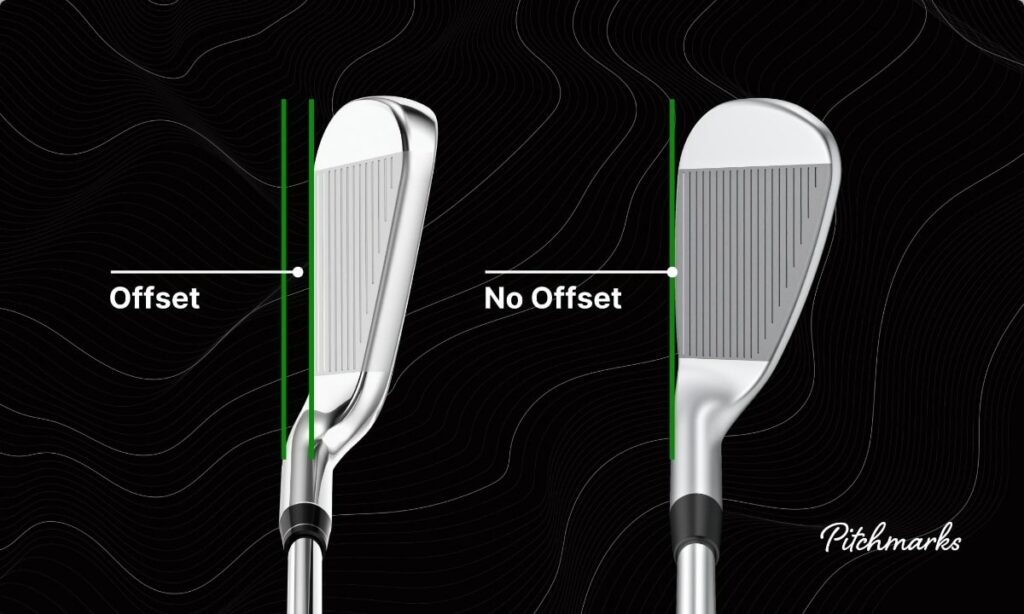
According to Jonathan Wall of Golf.com, “Unless you’re an elite ball striker who enjoys living life on the edge, you’ll benefit from irons with some semblance of offset.”
So, what is the advantage of offset irons?
Wall explains how offset can help higher handicappers prevent the slice: “When the face is closing at impact, shifting the leading edge back ever so slightly affords the head an extra beat to get squared up at impact.”
Put simply, having more offset on your irons helps to counteract the slice.
Many amateur golfers struggle to keep the clubface square at impact, instead tending to leave the face open. This adds cut spin to the ball, resulting in a typical slice.
By incorporating offset into the design of irons, there is a slight delay at the point of impact with the ball. So, instead of the clubface striking the ball slightly open, it has already begun to close along the natural swing path — squaring up the face.
“If you consistently struggle with a slice, adding offset can help mitigate the extra bend in your miss.”
Jonathan Wall, Golf.com
For instance, Callaway Big Bertha Irons feature plenty of offset to help add a slight draw bias to the set. This helps counteract the common tendency for higher handicappers to slice across the ball, offering more forgiveness and better control.
This same concept applies to putter offset. Many golfers tend to leave the face open at impact, so the offset affords players an extra fraction of time to correct the face angle.
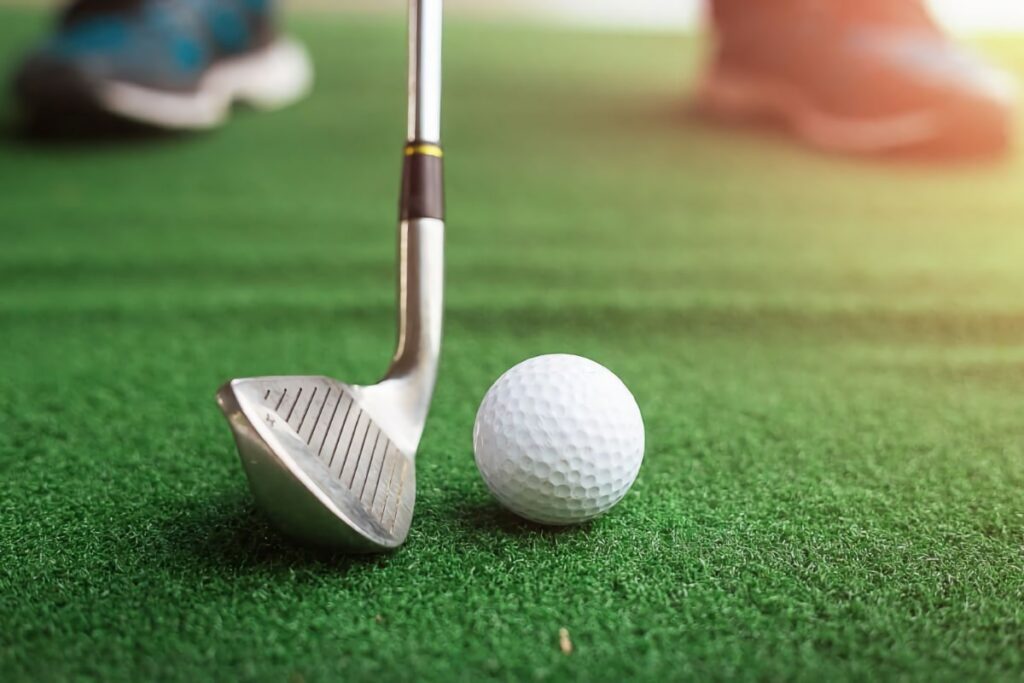
How Do Offset Irons Cause Pull Shots?
So, we’ve established that offset goes a long way to help higher handicappers who tend to slice the ball. But what about those who hit a straight ball, or a typical draw?
Essentially, this is where the problem can lie with offset irons.
If you’re a natural drawer of the ball, you might find the offset irons are causing you to pull the ball left of the target. This happens because the clubface is naturally closed at the point of impact in your swing path — hence the draw.
But, the slight delay caused by the offset is likely to close the face even further. The face might now be very closed at impact, adding hook spin and causing pull shots.
To counteract this, you have two options. Either aim right to account for the right-to-left movement or change the swing path to hold the face open for longer.
The video below by The Backyard Golfer provides a solid demonstration of how offset irons can cause you to pull shots to the left if you typically hit a draw:
Irons With Low Offset
If you feel as though your current irons have too much offset, it might be worth considering a switch to a new set with minimal offset.
Ideally, this will help you keep the clubface square, without sacrificing forgiveness.
Here are a few of our favorite irons with low offset:
TaylorMade P770 Irons — Best Overall
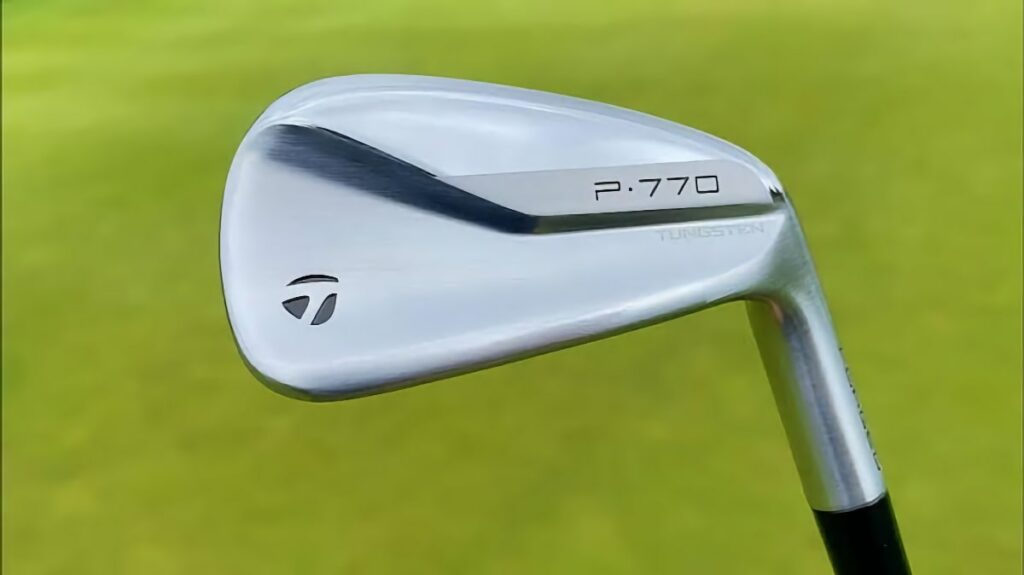
Titleist T300 Irons — Best Value
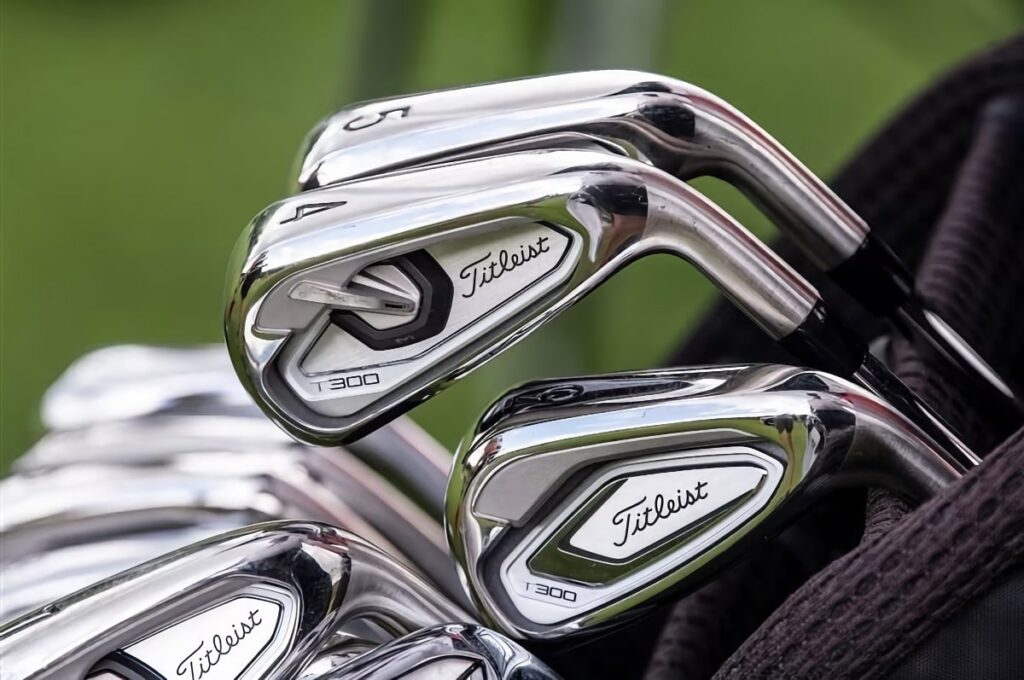
Wilson Staff Model CB Irons — Best Premium

Final Thoughts
In summary, offset irons might be causing your pull shots.
Offset is designed to counteract the slice. But, if you naturally draw the ball — it can accentuate this by closing the face, resulting in more right-to-left movement.
To solve this, there are two key fixes:
- Correct your swing path to hold the face more open at impact
- Switch to a set of irons with less offset to minimize pulled shots
So, you can either alter the swing or switch up the equipment.
Ultimately, it’s worth having a club fitting with a golf professional. They will be able to diagnose any swing issues while giving you an opportunity to test out various types of irons — giving you the chance to see if less offset works better for you.

